Baseball History Comes Alive Now Ranked #2 by Feedspot Among All Internet Baseball History Websites and Blogs!
Guest Submissions from Our Readers Always Welcome!
Scroll Down to Read Today’s Essay
Subscribe to Baseball History Comes Alive for automatic updates. As a Free Bonus, you’ll get instant access to my Special Report: Gary’s Handy Dandy World Series Reference Guide!
1950 World Series Photo Gallery
Click on any image below to see photos in full size and to start Photo Gallery:
Curt Simmons, RIP
Subtitle:
Let’s Recall the 1950 Fall Classic
The baseball world was saddened to learn of the recent passing of Curt Simmons (May 19, 1927- December 13, 2022) at age 93. Simmons was the last surviving member of the 1950 “Whiz Kids” who won the 1950 National League pennant and advanced to the World Series against the Yankees. Despite being one of the aces of the Phillies’ pitching staff, along with Robin Roberts, Curt was unavailable for the World Series, having been called to duty in the National Guard with just a month left in the 1950 season due to the outbreak of the Korean War.
Curt Simmons played 20 seasons in the major leagues going 193-183 (.513), with a career 3.54 ERA. A three-time All-Star, he also played for the St. Louis Cardinals, Chicago Cubs, and California Angels.
I thought this would be a good time to recall the 1950 World Series, with a repost of an essay I wrote a number of years ago.
The 1950 World Series and the Philadelphia “Whiz Kids”
Our tour through the World Series stops today in the 1950 series which featured the Philadelphia Phillies’ “Whiz Kids,” against the New York Yankees. In the great action photo below, beautifully colorized by our resident baseball artist, Don Stokes, we see Yogi Berra tagging out the Phillies’ Granny Hamner at home in the first game of the series. Old-timers like me fondly remember the great National League umpire from the 1950s and ‘60s, Dusty Boggess, seen here making the call:
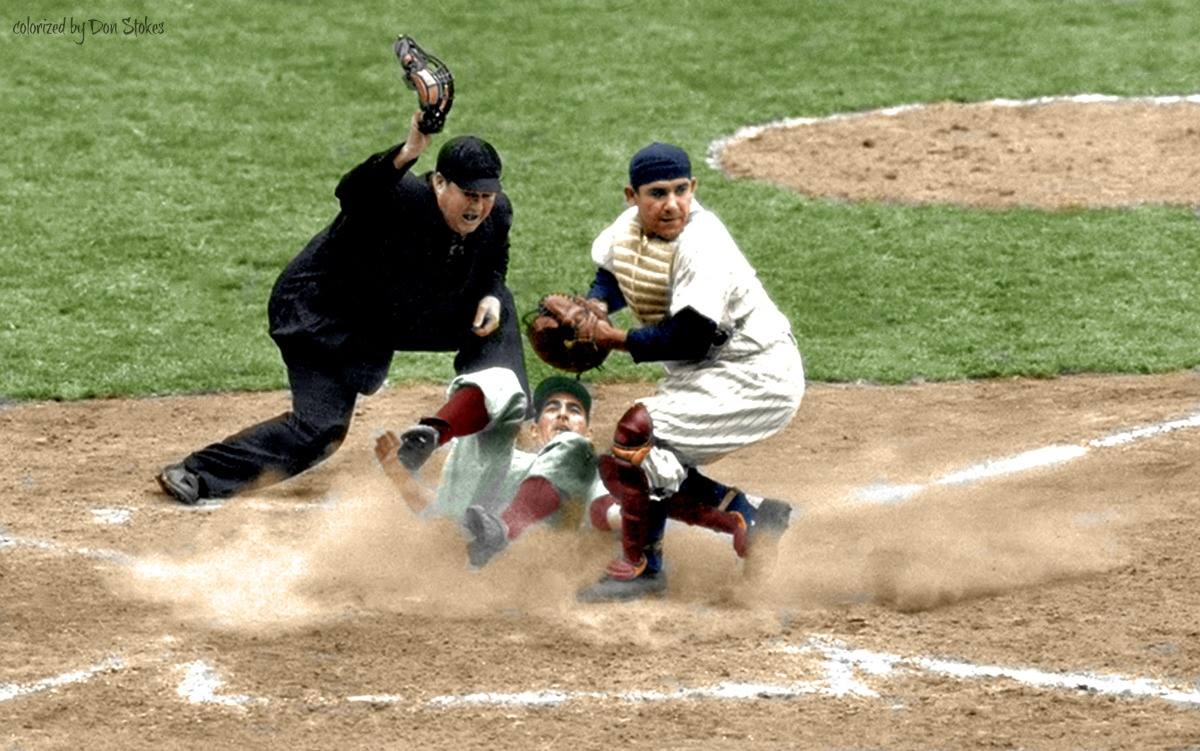
The 1950 World Series, won by the Yankees in a four-game sweep, was one of the few from this era that did not feature the Brooklyn Dodgers against the Yankees. From 1947 to 1956, the only ones that did not feature the Dodgers and Yankees were 1948, ‘50, ‘51, and ‘54. By the time this Series was over, the “Whiz Kids” had been turned into the “Wheez Kids” by the Yankees.
The Series was played from October 4 to October 7. The Phils were making their first World Series appearance since 1915. Casey Stengel’s Yankees won their sixteenth pennant and thirteenth World Series championship. It was the second of a record five straight titles for the Yankees (1949–1953), all under Stengel. The two teams would not again meet in the Fall Classic for 59 years until Charlie Manuel’s Phillies squared off against Joe Girardi’s Yankees in 2009.
The Phillies, led by manager Eddie Sawyer, went 91-63 (.591) in 1950, finishing two games ahead of the Dodgers. The Yankees compiled a 98-56 record (.636), three games ahead of the Tigers. Phillies ace Robin Roberts didn’t start Game One because he had made three starts in the previous five days including the pennant winner on the final day of the regular season.
The Yankees’ postseason experience and their starting staff, which included Vic Raschi, Allie Reynolds, Tom Ferrick, and rookie Whitey Ford, proved to be too much as the starters gave up only three earned runs and combined for a 0.73 ERA. The Yankees’ line-up included such familiar names as Hank Bauer, Yogi Berra, Jerry Coleman, Joe DiMaggio, Johnny Mize, and Tommy Henrich.
The games were televised on NBC with Jim Bitt and long-time Cubs’ broadcaster Jack Brickhouse in the TV booth; while the great Mel Allen and Gene Kelly handled the radio side. The umpiring crew included a lot of familiar names: Jocko Conlan (NL), Bill McGowan (AL), Dusty Boggess (NL), Charlie Berry(AL), Al Barlick, and Bill McKinley.
Hall-of-Famers who appeared in the series were Yankees Casey Stengel (mgr.), Yogi Berra, Joe DiMaggio, Whitey Ford, Johnny Mize, and Phil Rizzuto; Phillies Richie Ashburn, and Robin Roberts; plus HOF umpires Conlon, McGowen, and Barlick.
Odds makers had the Yankees 2–5 favorites to win the Series. New York Times sportswriter John Drebinger proved to be nearly prescient making a pre-Series prediction of the Yankees in five, adding:
“The Stengelers simply have too much overall pitching. They have the long-range power. They possess rare defensive skill, and they have the poise and experience gained through the past four years which brought them two world championships and three pennants.”
Gary Livacari
Photo Credits: Colorization by Don Stokes. Visit Don’s Facebook page at: https://www.facebook.com/Don-Stokes-Old-Time-Baseball-Colorizations-923346241033508/photos.; All other photos found on Google search
Information: Excerpts edited from the 1950 World Series Wikipedia page. See more at: https://en.wikipedia.org/wiki/1950_World_Series
Subscribe to our website, Baseball History Comes Alive with over 1200 fully categorized baseball essays and photo galleries, now closing in on the one million hits mark with 905K hits and over 750 subscribers

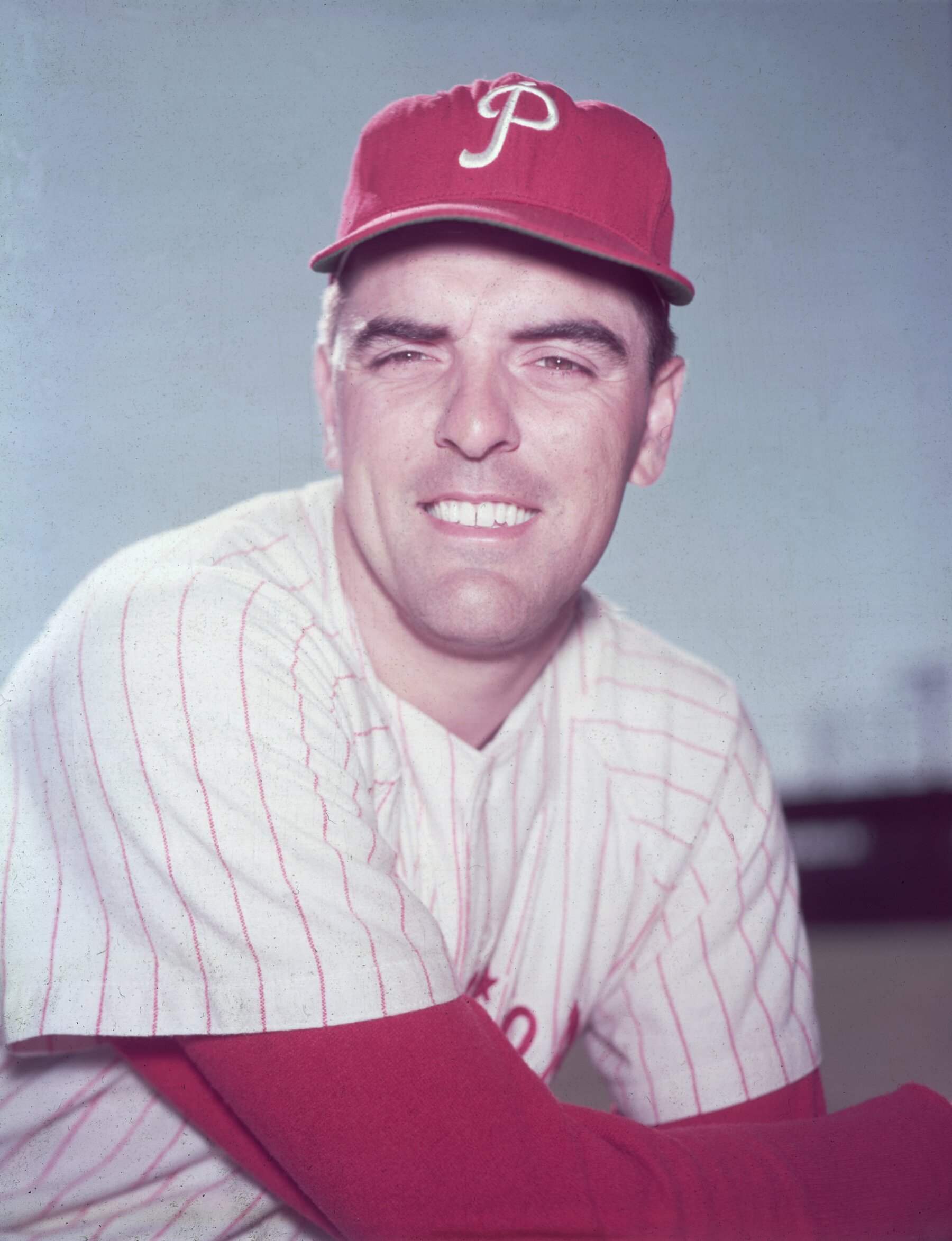
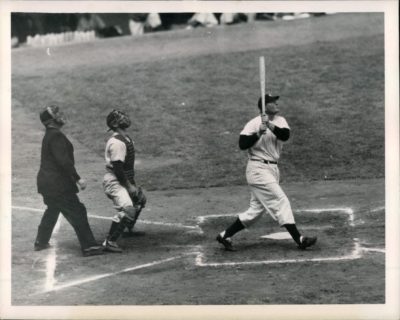
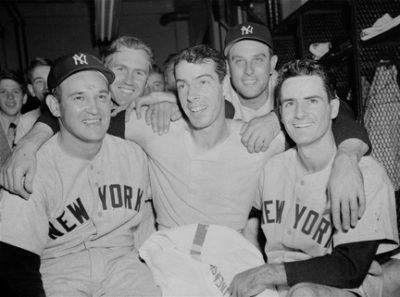
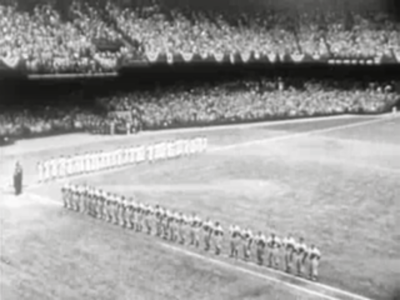
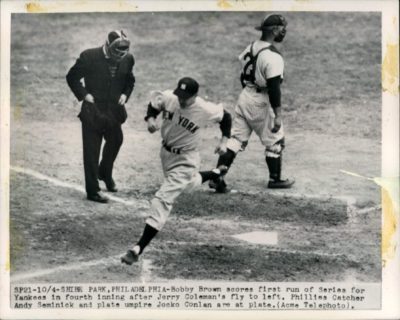
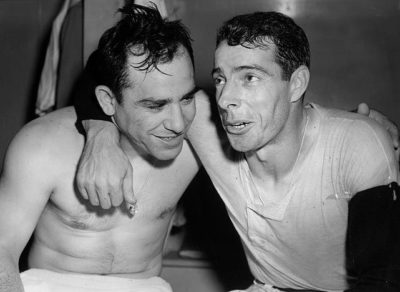
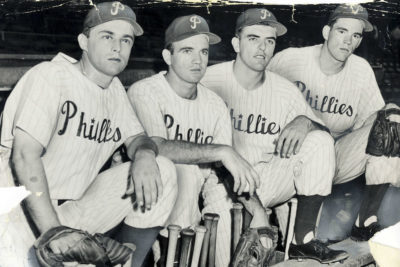
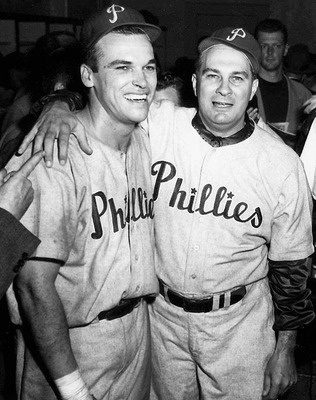
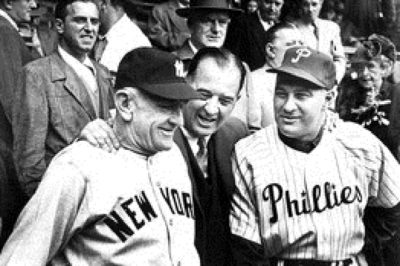
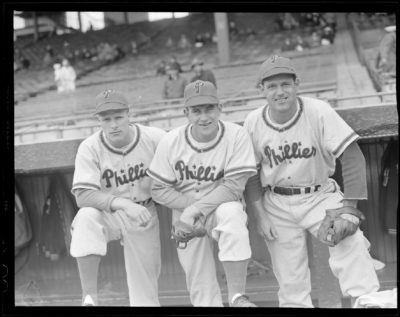
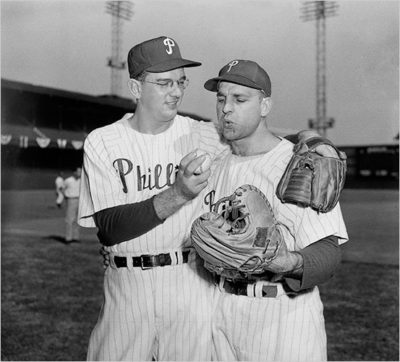
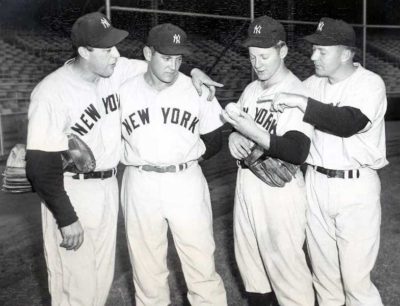
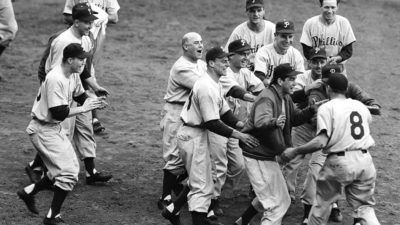
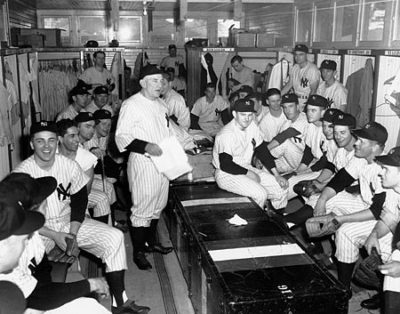
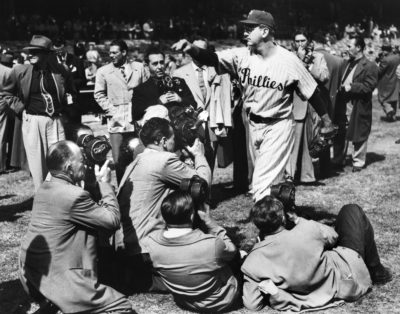
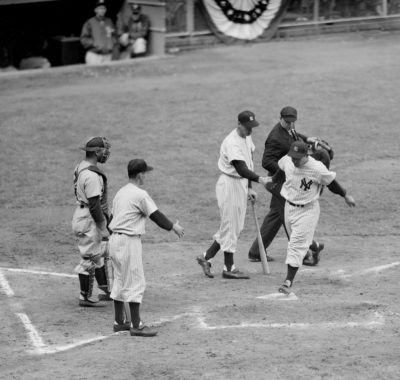
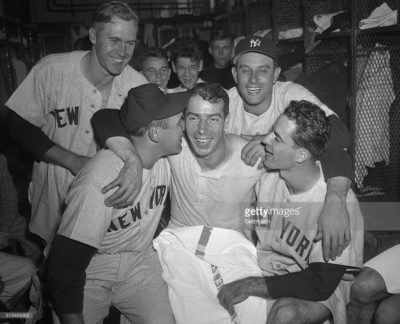
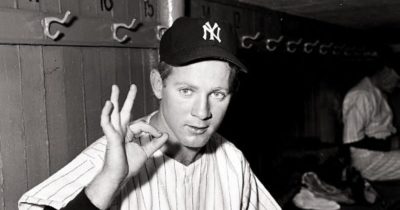
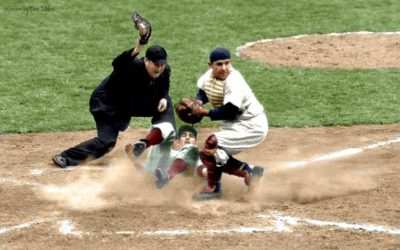
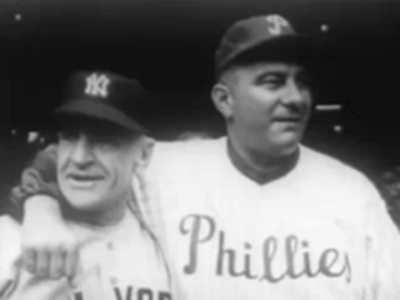
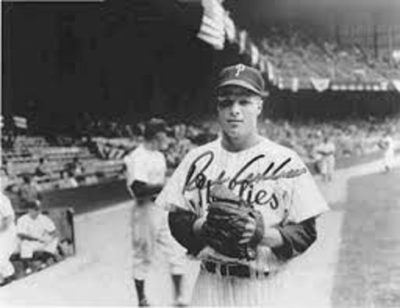
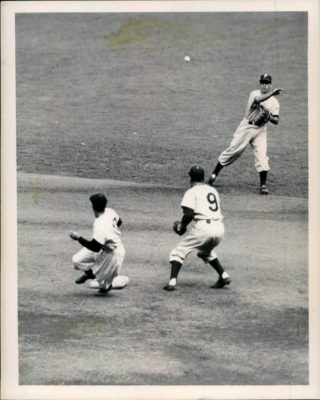
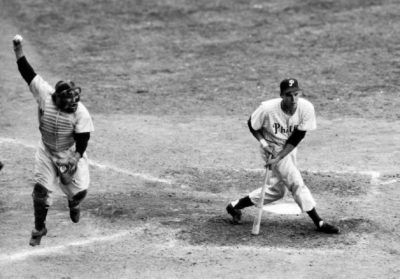
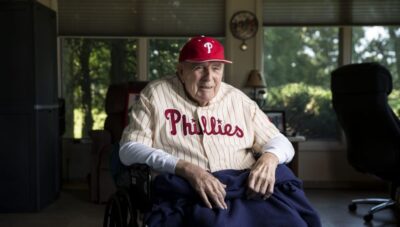
Gary,
Hate to be a spoil sport but the phillies went 91-63 in 1950, beating the Dodgers by two games.. Incidently, from game one 1949 through the 1957 game 2, no team other than one based in NYC won a World Series game. Lew Burdette of the Milwaukee Braves snapped the streak at forty-seven.
The book I sent you (That One Glorious Season) features the 1950 Phillies. Take a look.
Rich
Not a spoil sport at at all, I always welcome corrections.
For me the most notable fact is that three of the four games were decided by just one run. Game One was1-0; Game Two was 2-1; Game Three was 3-2. Game Four was 5-2. The Phillies scored just 5 runs, but the Yankees only scored 11. New York’s slash line was just .222/.295/.304. So the pitching was excellent on both sides.
The 1950 World Series must have been brutal for Simmons. The Army gave him a yen-day pass without pay so he got to pitch batting practice for the Phillies during the Series. The rosters had already been set, he wasn’t eligible to play. Nowadays, they would likely make an exception and allow him to pitch but in those days “rules were rules”.